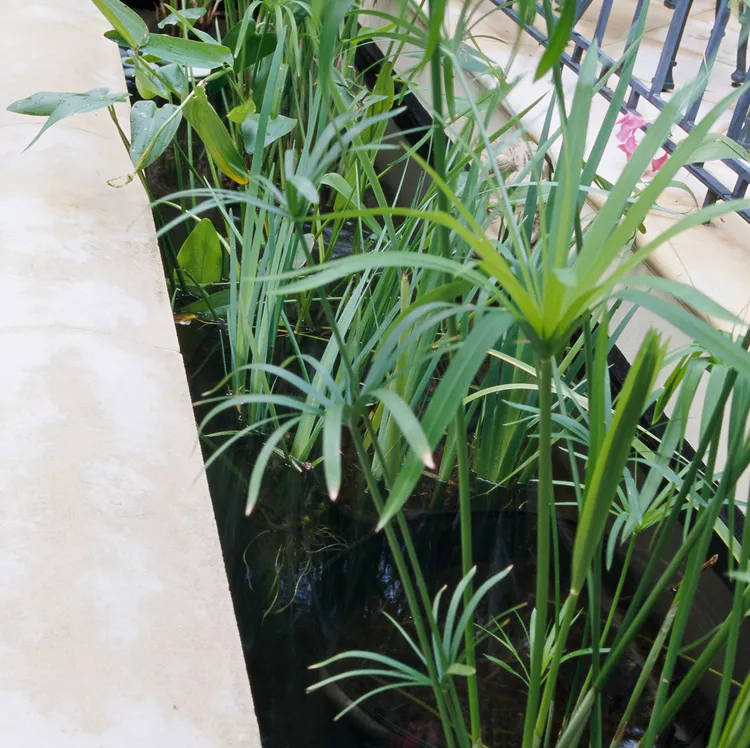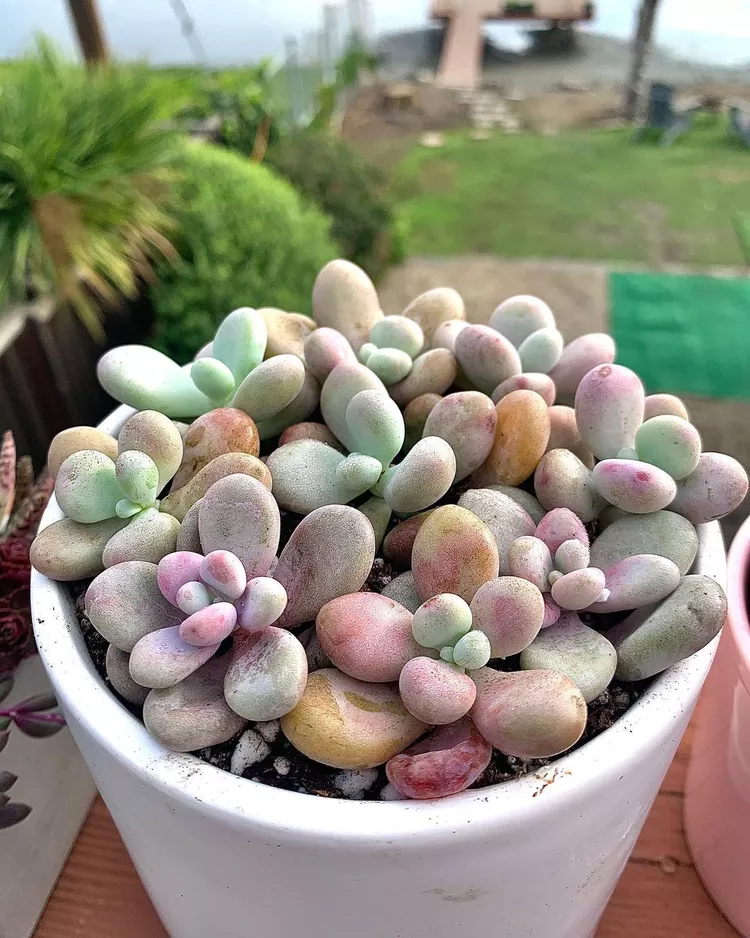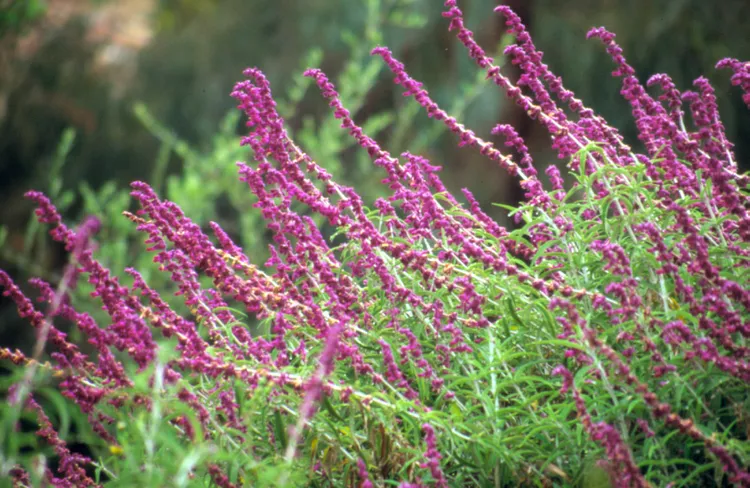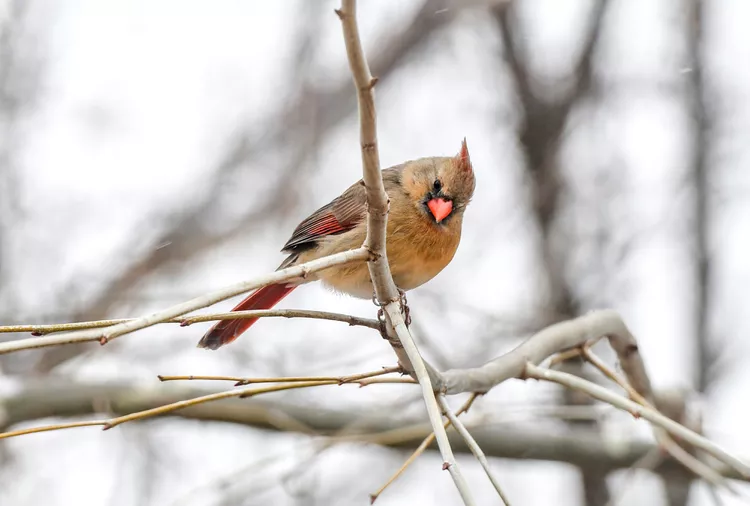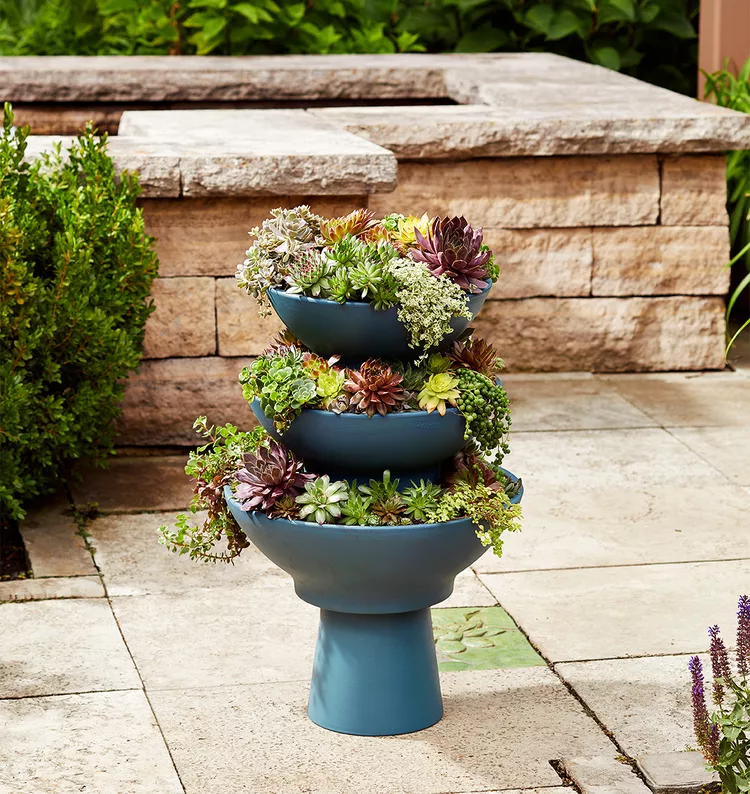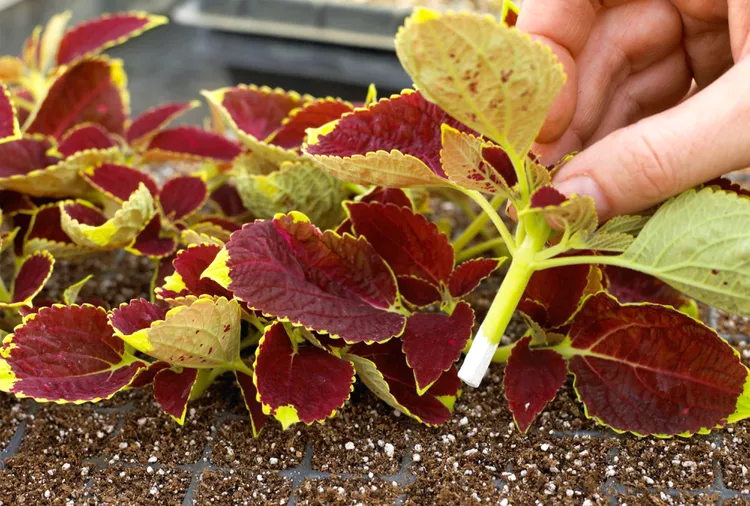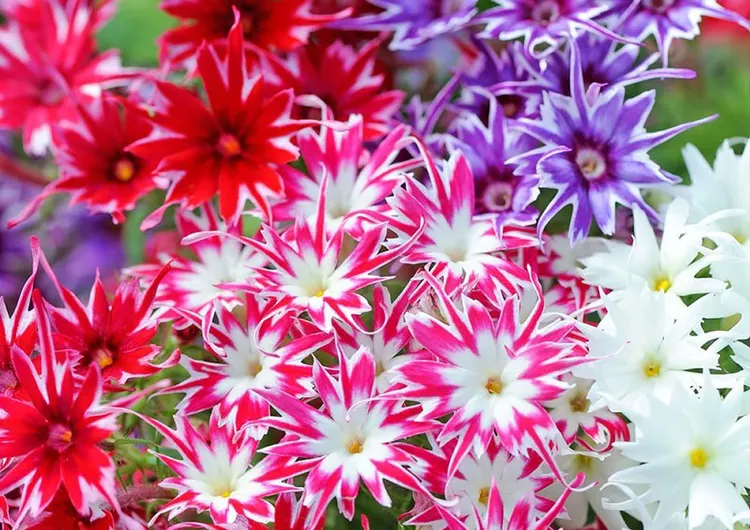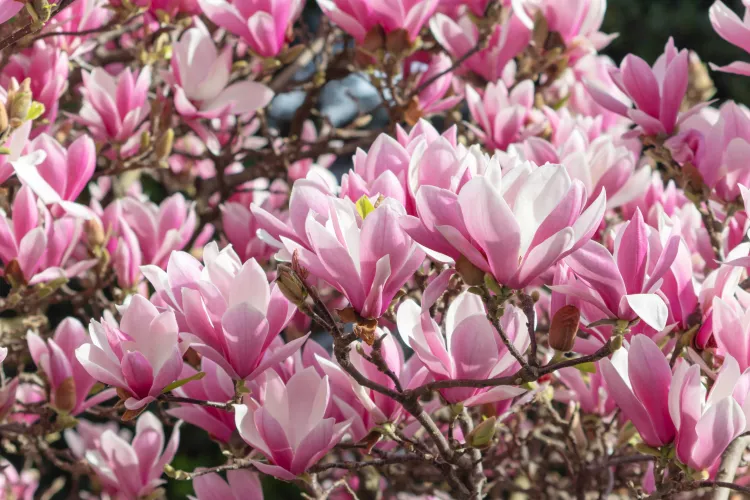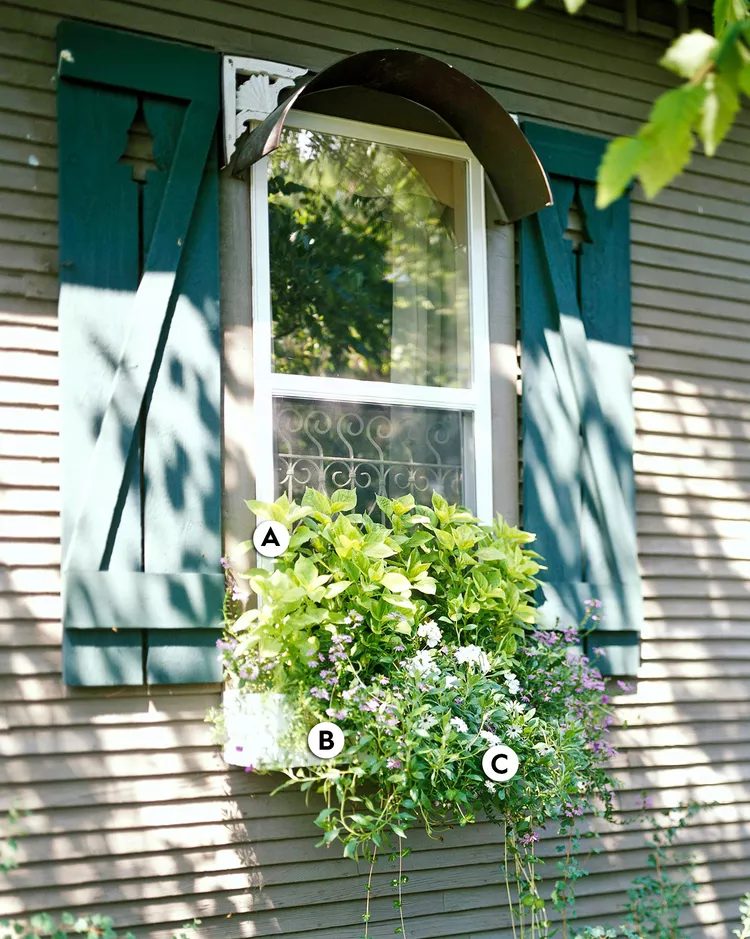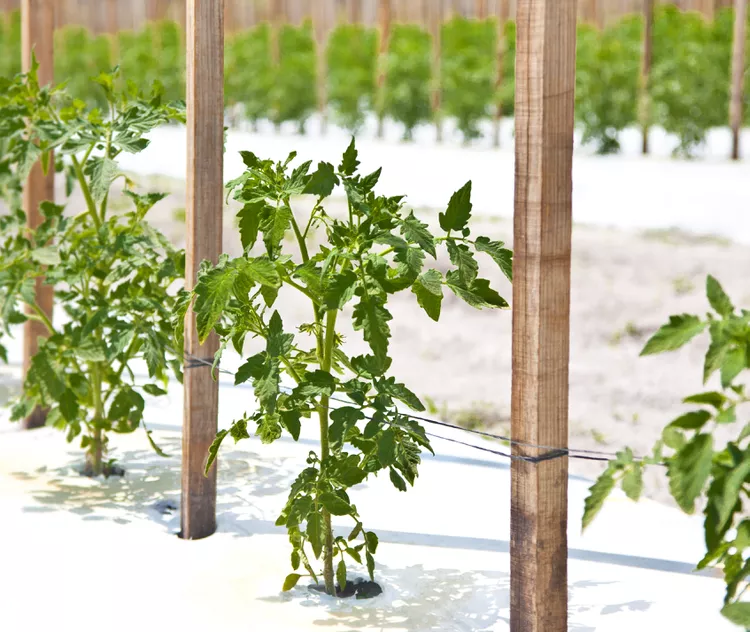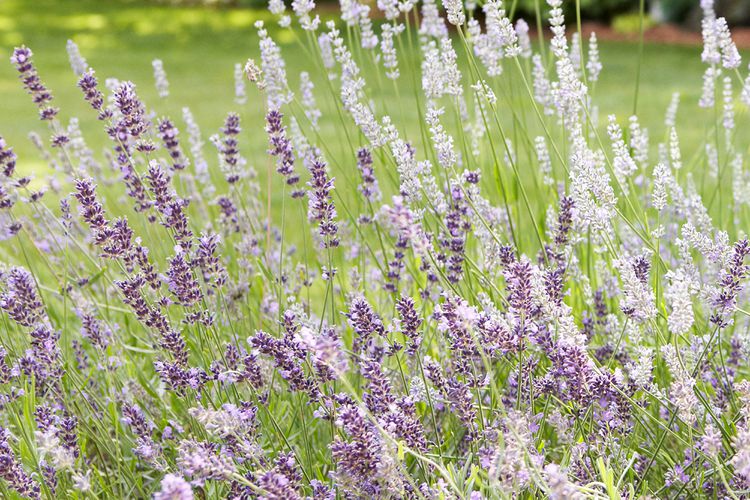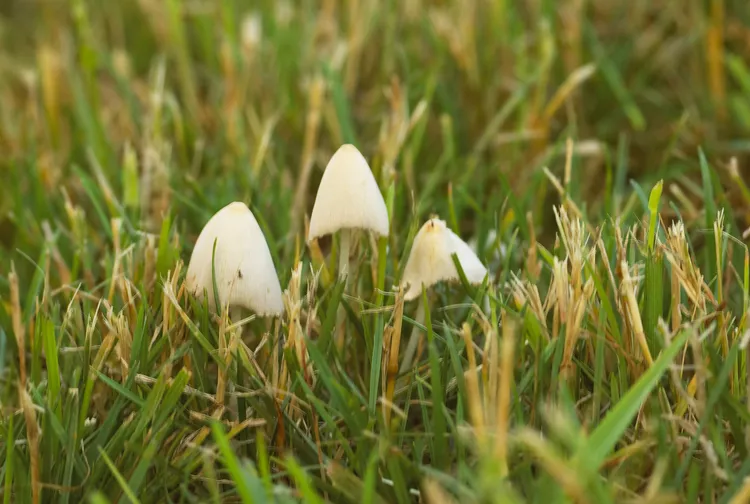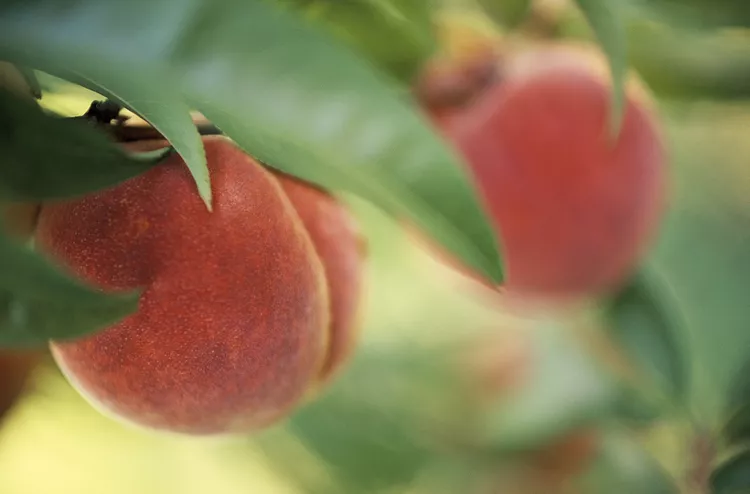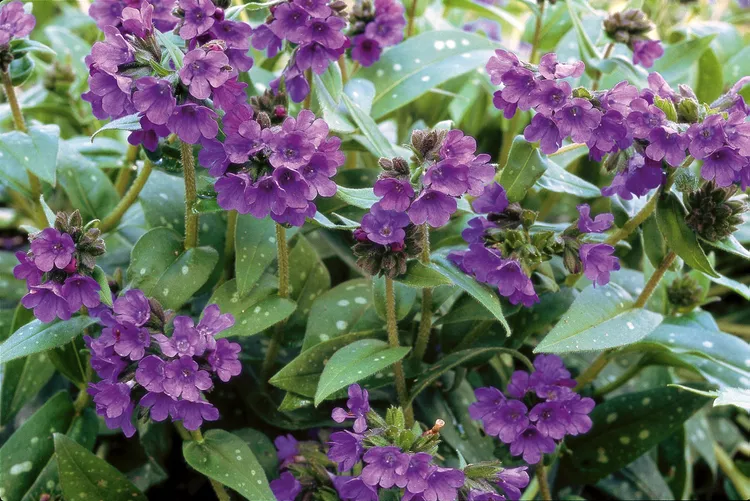Papyrus is an easy-to-grow water plant with a rich, long history. Native to areas of Africa, the plant has been used for thousands of years to make a paper-like material. But papyrus is also loved in gardens. Papyrus sends out grassy sprays of leaves that jut out from the stems like a fireworks display. You can plant papyrus in a weighted pot so that the stems rise above the water surface in a pond or grow it in moist soil at the edge of the water.
Papyrus is not winter-hardy in climates with freezing temperatures but because it grows so fast, treating it as an annual and planting a new papyrus in the spring will produce a tall plant in just one season.
Papyrus Overview
| Genus Name | Cyperus papyrus |
| Common Name | Papyrus |
| Plant Type | Water Plant |
| Light | Sun |
| Height | 3 to 6 feet |
| Width | 2 to 4 feet |
| Flower Color | Green |
| Foliage Color | Blue/Green |
| Season Features | Summer Bloom |
| Special Features | Cut Flowers, Good for Containers, Low Maintenance |
| Zones | 10, 11 |
| Propagation | Division |
| Problem Solvers | Deer Resistant |
Where to Plant Papyrus
Papyrus is delightfully versatile. You can plant it in standing water and allow it to rise majestically from pools, ponds, or bogs. Or, you can plant it in wet, fertile soil, either at the edge of a water garden or someplace that stays consistently moist, such as beneath a leaky spigot. The soil should be slightly acidic to alkaline.
Plant it near a pond, bog, or other body of water where it gets sun at least for part of the day. You can even plant papyrus in a large pot immersed in water. Growing it in a pot will also contain its vigorous spread via rhizomes.
Many common water garden plants are relatively low-growing, so papyrus makes a dramatic focal point—both for its height and texture.
How and When to Plant Papyrus
Plant papyrus in the spring after there is no more danger of frost.
Whether you plant papyrus in soil or shallow water, make sure you don’t plant it too deep. The crown of the plant (where the stems meet the roots) should never be covered in water, only the root system should be kept wet. Submerging the root ball in water between a few inches and 1 foot deep is optional.
Papyrus Care Tips
In the right conditions, papyrus is easy to care for and grows vigorously.
Light
Papyrus does best with morning sun and afternoon shade. It tolerates full, all-day sun if the soil is never allowed to dry out.
Soil and Water
Papyrus needs ample moisture to thrive. It can be grown in standing water up to 1 foot deep. The soil should be fertile with a pH between 6.0 and 8.5.
Temperature and Humidity
Papyrus is a plant for warm and hot climates that can only be grown as a perennial in areas where the winter temperatures don’t drop below 35 degrees F. In all other climates, it is usually grown as an annual because it does not overwinter well indoors. The plant thrives in high humidity.
Fertilizer
Papyrus typically doesn't require fertilizing but if you grow papyrus in a container by itself or a similarly closed ecosystem, it will benefit from a fertilizer for water gardens or aquatic plants.
Pruning
Other than for aesthetic reasons, papyrus does not require pruning. Reeds that have turned brown can be removed immediately or, if it’s grown as a perennial, left on the plant until the spring and cut back to make room for new growth.
Potting and Repotting Papyrus
For potting, choose a pot that amply accommodates the root system. For papyrus, unlike for most other plants, a pot with small drainage holes is better because the goal is to keep as much water in the pot as possible. If the pot has large drainage holes, you can plug some with a cork from a bottle.
Fill the pot with a mixture of potting mix and compost, which improves water retention. Repotting to a larger pot with fresh soil will be necessary when the roots have filled the pot.
Pests and Problems
Papyrus is not commonly affected by serious pests or diseases.
How to Propagate Papyrus
In areas where papyrus can be grown as a perennial, it can be divided in the spring. Prune the reeds and remove some of the outer, less vigorous growth, then dig up the entire clump, taking care not to damage any of the rhizomes in the process. Gently pull the rhizomes apart by hand to divide the plant into several sections. Plant the sections in a suitable wet location and water them well.
Types of Papyrus
Dwarf Papyrus
This is a quick-growing yet compact variety that sends up fine-textured leaf tufts in brown and green. It grows 18 to 30 inches tall and spreads 2 to 3 feet.
'King Tut'
This tall papyrus variety grows 4 to 6 feet tall and spreads 3 to 4 feet. The greenish flowerheads can measure up to 12 inches across.
Papyrus Companion Plants
Canna
Cannas add bold, tropical texture to a garden, whether used in containers or planted directly in the ground. In cool climates, cannas are fast-growing plants that are treated as annuals to fill a space with color quickly. In warm climates, they create dense stands of lush foliage and vibrant blooms throughout the summer, year after year. They prefer a moist soil and sunny conditions although partial shade is tolerated. Zone 7-10
Water Lily
Water lilies (Nymphaea spp.) are available in a rainbow of color options. Many of the hardy varieties have soft, pastel flowers; tropical varieties come in jewel tones of bright blues, purples, oranges, and yellows. Growing from stout rhizomes from the pond bottom, water lilies' signature leaves develop on long stems and float at the surface. Zones 3-11
Lotus
Lotus is prized by water gardeners because it's both beautiful and easy to grow. Lotus stalks start out in muddy soil and water and end in sweetly fragrant white-to-pink flowers that can grow as large as 12 inches across. Although spectacular, the flowers are short-lived—appearing for only a few days followed by large ornamental seed pods. Zone 4-10
